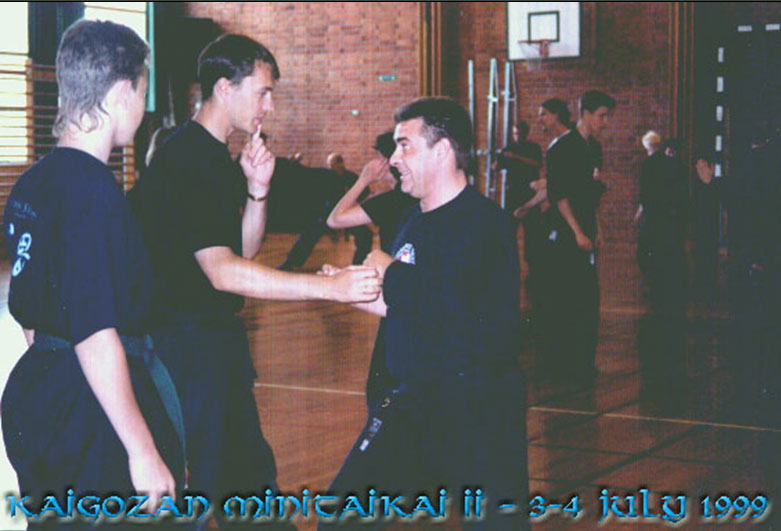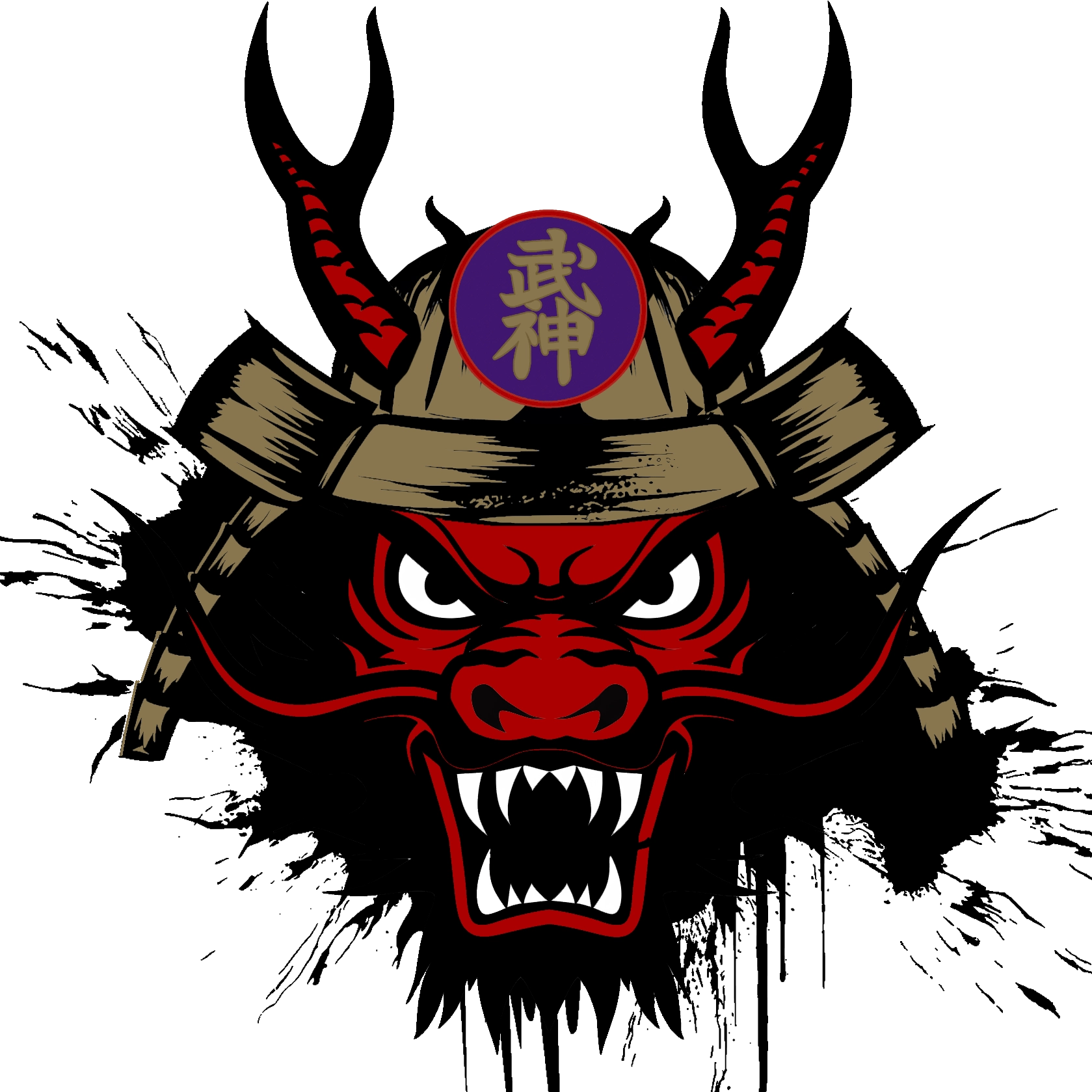Here is another old article I had on my web site 10 years ago, enjoy!
– Mats 2010-08-18
—
Background: This article was the result of me asking about the Shu Ha Ri (learn the technique, break the technique and then leave the technique) on a mailing list. And the response was so good that I thought more people should be able to read it. Click on the image on the right and it will explain the meaning of the Kanji. Shu-Ha-Ri is not only a Bujinkan term, it can be found in many Japanese Budô arts. And as Arnaud explains below, not necessarily just Budô, it involves everything we learn and master. Enjoy the article!
/Mats Hjelm – January 2000

Taihen Kuden Shinden by Arnaud Cousergue
Mats said: “I need some more information about that. I think most japanese Budô arts have this saying. Can someone give me a few comments or more information about this?”
The process of learning for human beings (maybe animals too) follows three basic periods:
you learn the new stuff,
you understand the new stuff,
you go beyond the new stuff, making it your own stuff.
If we take the process of learning how to ride a bicycle we have the following steps:
- When you are a kid you first learn to stay balanced on your bike, you learn to stay up (i.e. not to fall). To help you keep your balance, your parents (Sensei?) add two small wheels to your bike so that you cannot fall on your side so easily. With the help of the wheels, you can learn to move the pedals and you can move forward.
- Then you develop your experience by playing with your friends (training with partners) over the months. You fall sometimes but, little by little things get easier. You begin to feel and understand how the whole thing works and you free yourself from the “form”.
- After a while, you know how to ride your bicycle, you do not fall that much, you do not think on “how to ride” but more on “how to get to this place”. You know how to ride a bicycle and you adapt your knowledge to your environment.
By learning how to ride your bike, you followed the three steps of: learning, breaking and leaving! But this is not the end of the story. You have been riding your bike for a few months and the little wheels are bent upwards because you trained hard. They do not touch the ground any more, but you don’t know it. You think you are still using them to balance your bicycle and prevent you from falling. One day, your parents (Sensei?) see that and with a tear in their eyes admire your mastery 🙂 Watching you, they even saw that sometimes these little wheels where preventing you from riding properly. Because they love you, because they are proud of you they decide to take out these little wheels that you do not really use anymore, to make you more free of your movements.
Alas the whole process is to be followed again! You have to learn a different way of riding your bicycle. Everything you knew from experience is not good anymore.
- you have to learn a new form of moving because without these little wheels you feel unbalanced (even if, without knowing it, you were not using the little wheels anymore). You fall again very often and you get more pain and bruises as you progress in learning this new process.
- After a while you understand the new rules. You learn new angles you can use to change direction. Your bicycle becomes more the extension of your self.
- After a small period of time, you do not pay attention anymore to your bicycle, you are more interested in getting to some place(adapting the technique to the environment). Your movements are free you are not limited anymore by the little wheels (basics?).
And if one day you want to learn how to ride a motorbike, you will have to go through another (yet the same) learning process of “learn-break-leave”.
This is the same in Budô. You first learn the body motion trying to reproduce what your teacher is showing. You cannot do it but you try hard to understand the “mechanics” of motion.
Then by training hard with your partners you build YOUR understanding of body motion and little by little you adapt it to your own body and capabilities. You break the forms and use what is good for you leaving what is not. You break every step into small parts so that you can integrate them easily in your body natural movements.
One day, the movement is no more your teacher’s movement but it is yours. You reached the “leave the form” step until you get a deeper understanding of it that will put you again through the learning process and the three steps.
Now, if we want japanese names we can give the following names for these steps:
- learning the form = TAIHEN: learning through body motion,
- breaking the form = KUDEN: breaking the form through the experience you develop by yourself, with your partners and with the help and advises of your teacher,
- leaving the form = SHINDEN: you create your own form “naturally”, your own spirit feeds your understanding of body motion. you can adapt your actions without thinking because you are one with the technique, you are above the form. The movement exists and you “manifest” it naturally, including it in different situations and environments.
For me this is what Hatsumi Sensei is teaching us. He is not only teaching movements or techniques. He is giving us freedom and this freedom can only be attain through hard practice, sweat and bruises. There is no limited time to get it, this is a whole life study!
I hope this will help you Mats 🙂
Arnaud Cousergue
http://kumafr.wordpress.com/
January 25’th 2000
